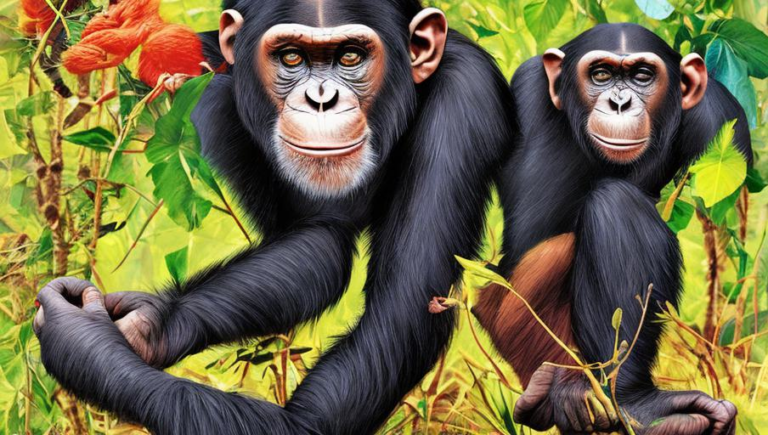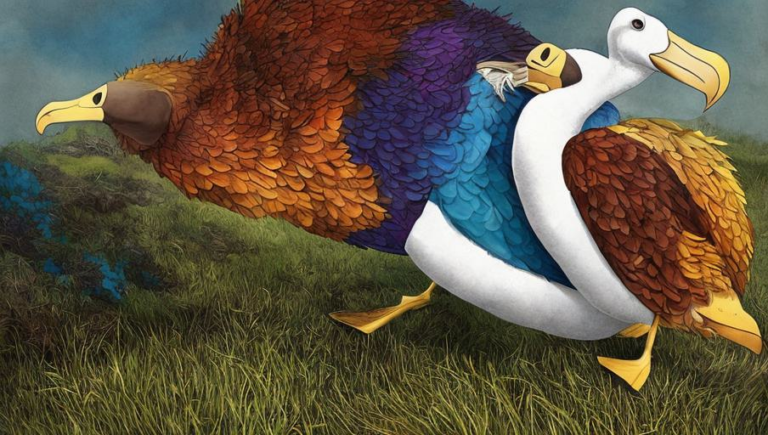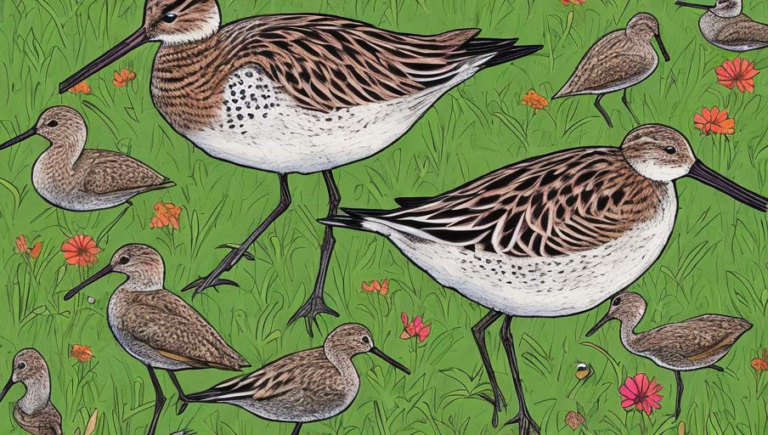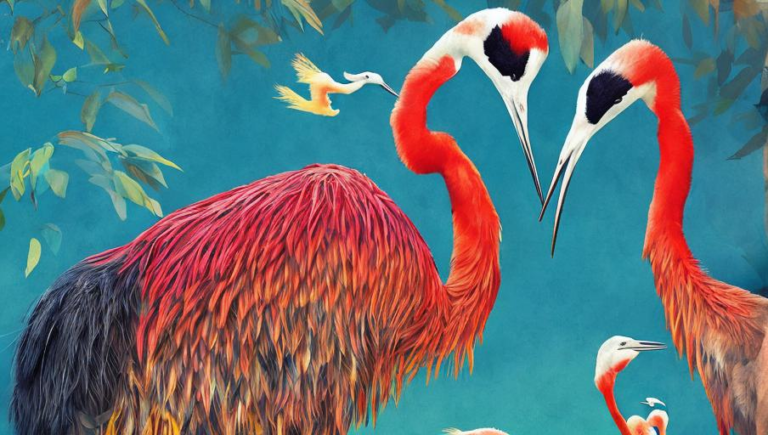Q-Tip: All About Crab Anatomy
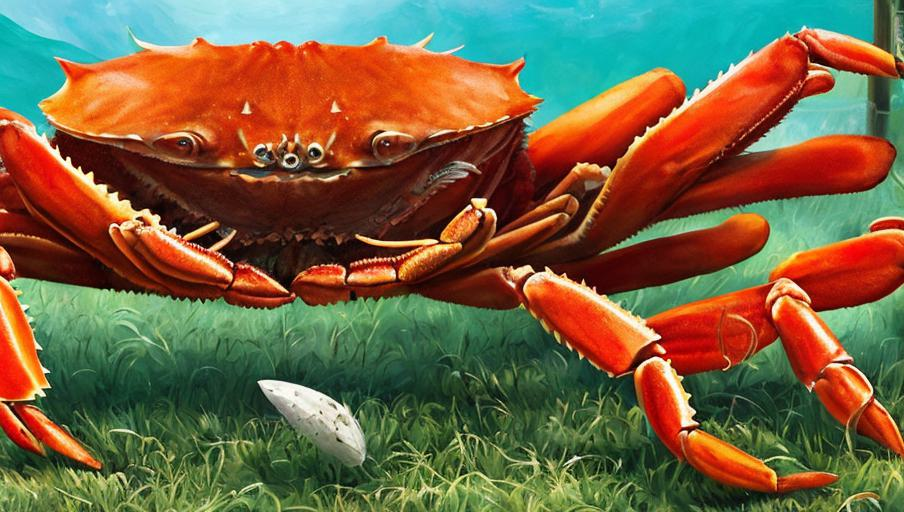
Introduction
Crabs are crustaceans that have an exoskeleton, four pairs of walking legs, and two sets of antennae. They are omnivores, meaning they eat both plants and animals. While there are many species of crabs, all of them have the same general anatomy.
External Anatomy
The exoskeleton of a crab is made up of two main parts. The cephalothorax, which is the fused head and thorax, and the abdomen, which is the tail section of the crab. The cephalothorax protects the internal organs, while the abdomen helps the crab with locomotion. On the cephalothorax, there are two sets of antennae, four pairs of walking legs, and two sets of claws. The antennae are sensory organs that help the crab detect motion, vibrations, and other stimuli. The walking legs are used for locomotion and they enable the crab to move in any direction. The two claws that are located on the front pair of walking legs are used for defense, feeding, and digging.
Internal Anatomy
The internal anatomy of a crab consists of a heart, digestive system, nervous system, reproductive organ, and other organs. The heart is located on the exoskeleton and pumps blood to the rest of the body. The digestive system consists of a stomach, intestine, and gills. The stomach is responsible for breaking down food and extracting nutrients. The intestine is responsible for absorbing the nutrients and excreting waste. The gills are responsible for taking in oxygen and expelling carbon dioxide. The nervous system is responsible for controlling the movement of the crab and receiving sensory information. The reproductive organ is responsible for producing eggs or sperm, depending on the species.
Adaptations
Crabs have several adaptations that help them survive. Their exoskeleton provides them with protection from predators and the environment. The two sets of claws on their front walking legs enable them to catch their prey and defend themselves from predators. The setae on their walking legs help them grip surfaces, which allows them to climb and swim. The gills allow them to take in oxygen and expel carbon dioxide, which is important for respiration. Lastly, their eyes enable them to detect motion and light, which helps them find food and avoid predators.
Conclusion
Crabs are fascinating creatures that have many adaptations that help them survive in the wild. Their exoskeleton provides them with protection, while their claws and setae enable them to catch their prey and defend themselves. The gills help them take in oxygen and expel carbon dioxide, and their eyes help them detect motion and light. By understanding the anatomy and adaptations of crabs, we can gain a better understanding of their behavior and habits.

